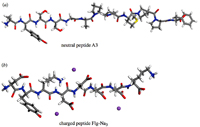Virtual Reality Technology Applied to Anesthesiology
A Presentation for Medicine Meets Virtual Reality III
San Diego, California
January 19-22, 1995
John S. McDonald, Department of Anesthesiology
The Ohio State University Hospitals
Louis B. Rosenberg, Immersion Corporation
Don Stredney, Ohio Supercomputer Center


